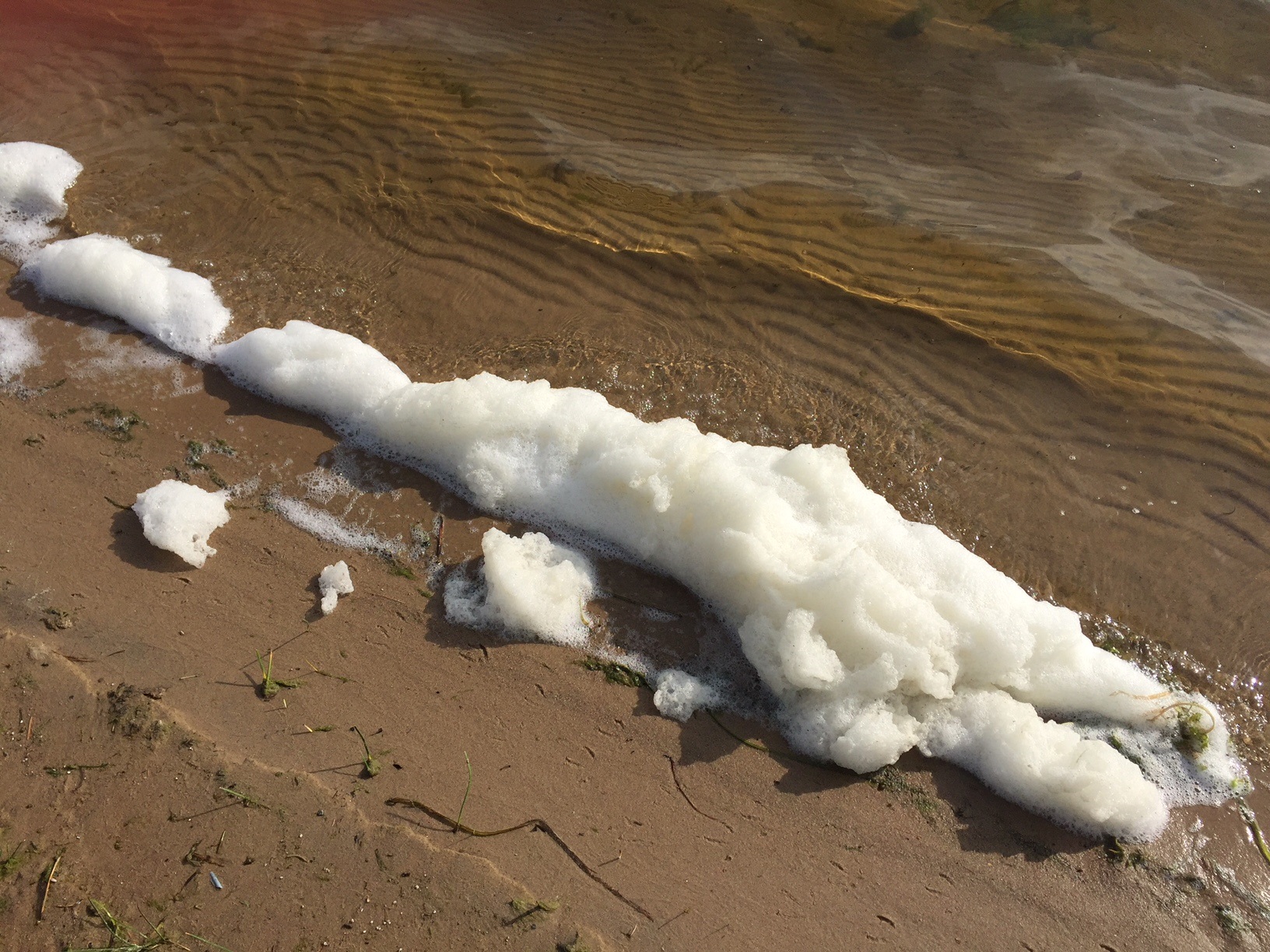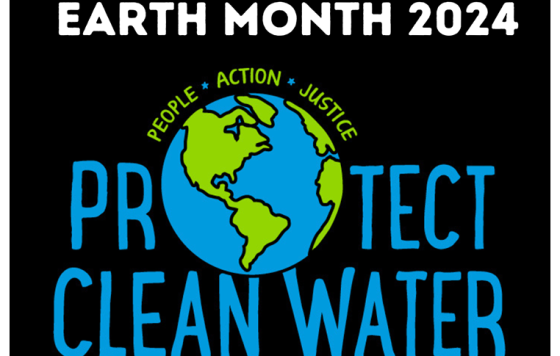
Joint Post with Anna Reade, Staff Scientist with Natural Resources Defense Council
The estimated number of Californians affected by water contaminated by toxic PFAS chemicals is rising. Data released just last week confirms that California has cause for worry, and underscores that the state should act now to protect its residents. One way to do that is to pass laws that stop unnecessary use and release of these harmful chemicals and that provide for better testing for them.
PFAS, or per- and polyfluoroalkyl substances, constitute a large class of man-made chemicals used widely in industrial processes and consumer products such as non-stick cookware and food packaging, clothing, carpets, cosmetics and even firefighting foam. Unfortunately, PFAS do not breakdown, spread quickly through the environment and are associated with a long list of harmful health effects, including cancer and developmental and reproductive harm.
Limited national testing performed several years ago showed 28 California public water systems, serving approximately 3.5 million people, were affected. Last week’s data builds on previous reporting by the state that showed significantly more drinking water sources are contaminated than previously suggested by national testing. Results from the California State Water Resources Control Board’s state-wide investigation of PFAS contamination sites (including last week’s release) shows:
Over 300 source wells representing nearly 100 public water systems that serve approximately 7.5 million Californians across the state are contaminated with PFAS.
More than 200 wells are contaminated above recently-adopted notification levels for two individual PFAS. This is a significant cause for concern. Yet California has still not regulated these or any other PFAS. And much lower levels of these PFAS have been associated with adverse health effects.
Many wells had detections of multiple PFAS (some with up to eight in a single well) including a mixture of “legacy” and newer replacement PFAS. This illustrates the need to broaden California’s approach to PFAS beyond two chemicals.
The latest, second quarter testing data shows an even higher frequency of PFAS detections than the first quarter and detection of an additional three PFAS not found in the first quarter testing—and there are many, many more PFAS that have not yet been tested for.
Further monitoring will likely demonstrate even more PFAS contamination, as the Water Board moves beyond investigating contamination from airports and landfills to multiple other potential contamination sites such as industrial sites, wastewater facilities, and military installations.
Unfortunately, the federal government has no restrictions on the use of PFAS, on dumping the chemicals into waterways, or releasing them in the air. The U.S. Environmental Protection Agency knows little about where PFAS are used and where PFAS pollution is located. And it is important to note that there are no federal drinking water standards for PFAS to protect public health.
The new state data and the lack of federal protections point to the need for state level solutions to address this widespread and growing public health and environmental problem. These solutions should address key categories of action, including:
Phase out the use of PFAS: To limit further harm to our health and the environment, we should stop non-essential uses of PFAS and move to safer non-fluorine alternatives wherever possible. For example, PFAS in carpets, which provides the minor convenience of stain resistance, is a large source of toxic exposure in the home, especially for infants and children. It’s clearly not an essential function, and due to market pressures, major retailers and manufacturers are moving away from PFAS use in carpets completely. For example, The Home Depot and Lowe’s have proactively stopped selling carpets and rugs that contain any PFAS chemicals. In addition, California’s Safer Consumer Products program has proposed to address PFAS in carpets and rugs sold in the state.
Another important example of where we can move to safer alternatives is firefighting foam. A bill introduced by Senator Ben Allen today, SB 1044, would prohibit the sale and use of firefighting foam containing PFAS chemicals in the state of California. Use of PFAS in firefighting foam is not necessary as alternative fluorine-free foams are effective, available, cost-saving, and in use.
Clean up drinking water: The gravity of the health risks associated with PFAS requires the state and water providers to act proactively. It’s encouraging that the state has started looking beyond PFOA and PFOS (2 well known legacy PFAS) by proposing to act on other PFAS detected in its recent testing. But it doesn’t go far enough. It only proposes to act on seven additional PFAS while there are thousands of other chemicals in the class. Regulators and water suppliers should focus on cleaning up a wide range of PFAS chemicals, addressing the full class whenever possible. Anything less does not protect the public.
The first step in addressing PFAS in water is to fully understand the extent of PFAS contamination in California. To do that, we need a test capable of estimating total PFAS in water. To address this, a bill was introduced today by Senator Portantino, SB 1056, asking the Water Board to validate and certify a testing method for total PFAS, or a surrogate for total PFAS. But we need more.
In parallel, the state needs to explore how to protect the public from the entire class of chemicals, including enforceable drinking water standards for groups of similar PFAS, for the full class itself, and/or the establishment of a “treatment technique” for total PFAS. Research has shown that some treatment technologies are not as effective for newer, but still toxic, replacement PFAS that are now polluting drinking water. Water suppliers that address PFAS contamination by designing a water treatment solution to remove legacy PFAS run the risk of allowing other newer PFAS chemicals that have health impacts similar to legacy PFAS to remain in the drinking water they deliver to homes, schools, and businesses. In addition, because treatment can differ for legacy PFAS and newer versions of PFAS, not taking a broader regulatory approach will result in inadequate treatments that will have to be updated later at greater cost to ratepayers.
Continue to invest in better, lower-cost solutions: New, unidentified PFAS, often with properties that make them more difficult than traditional pollutants to contain and clean up, are constantly being discovered. This requires continued investment in better solutions for detecting, cleaning up, and safely disposing of PFAS chemicals. Addressing PFAS can be costly and considering the extent of PFAS contamination and the risk it poses to Californians, it would be smart to continue to invest in developing safer, more comprehensive, and lower-cost technologies. In the meantime, it’s all the more important to turn off the tap. We need to make a concerted effort to eliminate PFAS use wherever possible (see above).
Make those responsible for the pollution pay for a fair share of the costs: Ratepayers and taxpayers alone should not have to pick up the tab for addressing PFAS pollution. Those responsible for the ubiquitous pollution of our environment and our bodies with PFAS should also shoulder a fair share of the costs. The state should explore how best to ensure that the manufacturers of these chemicals are held responsible, as is being done in other states such as New York and New Jersey.
Set up a transparent interagency taskforce on PFAS: There are many sources of PFAS contamination in our environment and many ways in which we are exposed to PFAS. To protect the health of Californians, all relevant state agencies must work together to develop a truly comprehensive approach to stop further PFAS use and to address PFAS contamination in our environment and bodies. This important work calls for the state to set up an interagency taskforce expeditiously and to ensure meaningful stakeholder participation.



